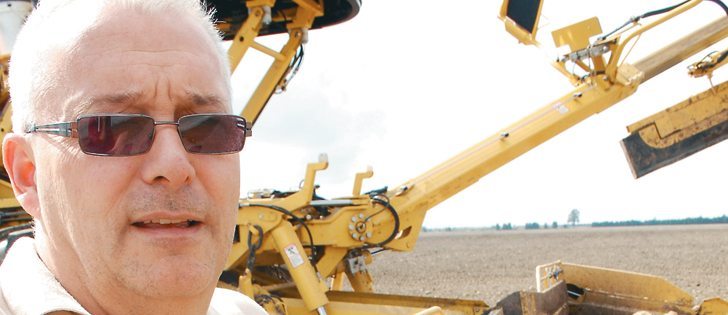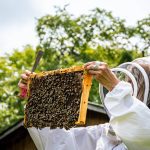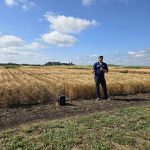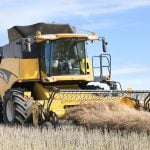SPRINGFIELD, Ill. – While Kansas- based Veris Technologies gets the agricultural attention, few people know that a Canadian company was the first to manufacture a soil electrical conductivity instrument.
Geonics Limited of Mississauga, Ont., manufactured its first electromagnetic induction geophysical instrument in 1962.
It was the EM15, and since then the EM series has become the staple tool of researchers and soil scientists worldwide.
It’s played a vital role in understanding salinity on agricultural soil, but Geonics representative Mike Catalano said agriculture has actually been a small fraction of the company’s business over the past half century.
Read Also
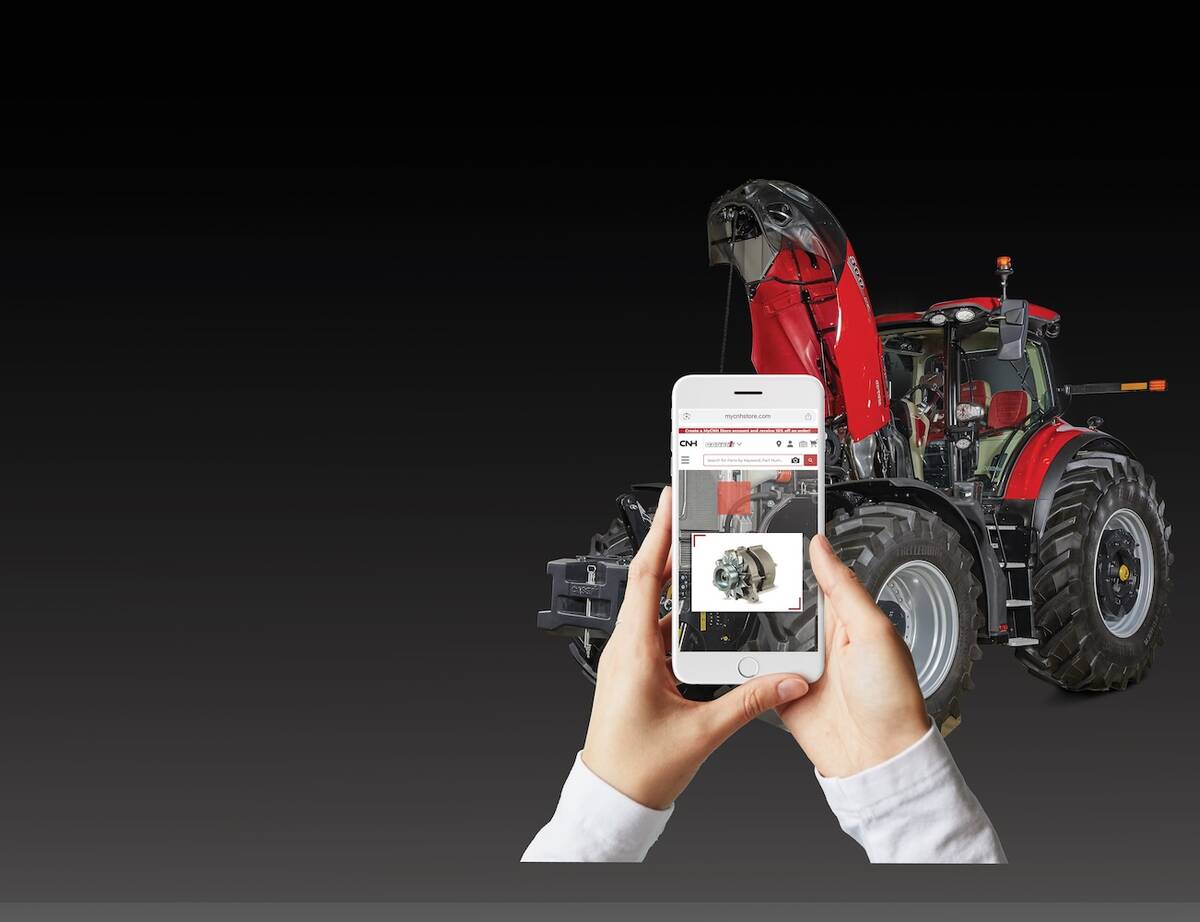
CNH launches photo feature to identify parts
Owners of CNH tractors looking for a replacement part can take a photo of the part and upload that photo to a website, which will then identify it and find the necessary replacement.
Other uses include mineral and petroleum exploration, measuring thickness of sea ice, forensics, metal detection, locating brine in oil fields and military applications.
“Through the 1960s and ’70s, many of our instruments were mounted on aircraft,” said Catalano. “The device wasn’t even close to the Earth surface. But in the ’70s and ’80s, we began to evolve to ground based devices. The more popular EM38 came out in 1980.
“The advantage of electromagnetic induction is that you don’t even need to have the circuits contact the soil. You don’t need steel coulters.”
Catalano said the EM38-MK2 can be mounted to an all-terrain vehicle, pulled on a small cart or carried by the handle. Eliminating the need for soil contact makes horsepower requirements minimal.
Circuitry employed in the EM series is different from the technology that Veris uses.
Electromagnetic induction employs a transmitter coil that sends a current into the soil and a receiver coil that measures how much current made it through the complete circuit.
Saline soil serves as a better electrical conductor, so the receiver gets a stronger signal, which is de-coded into a salinity rating.
“The Veris and the Geonics machines are comparable in function and in what they’re reading. The difference is that the Veris is basically a giant voltmeter. It requires soil contact,” Catalano said.
“It does the same job our EM38 has always done, but our instrument is only one metre wide and weighs just one kilogram.
“The other difference is that the EM38-MK2 carries a list price of $18,700.”
He said the new EM38-MK2 is fully ISO CANBUS and Bluetooth compatible and performs geo-referenced mapping and all data logging functions.
For more information, contact Mike Catalano at 905-670-9580 or visit www.geonics.com.







